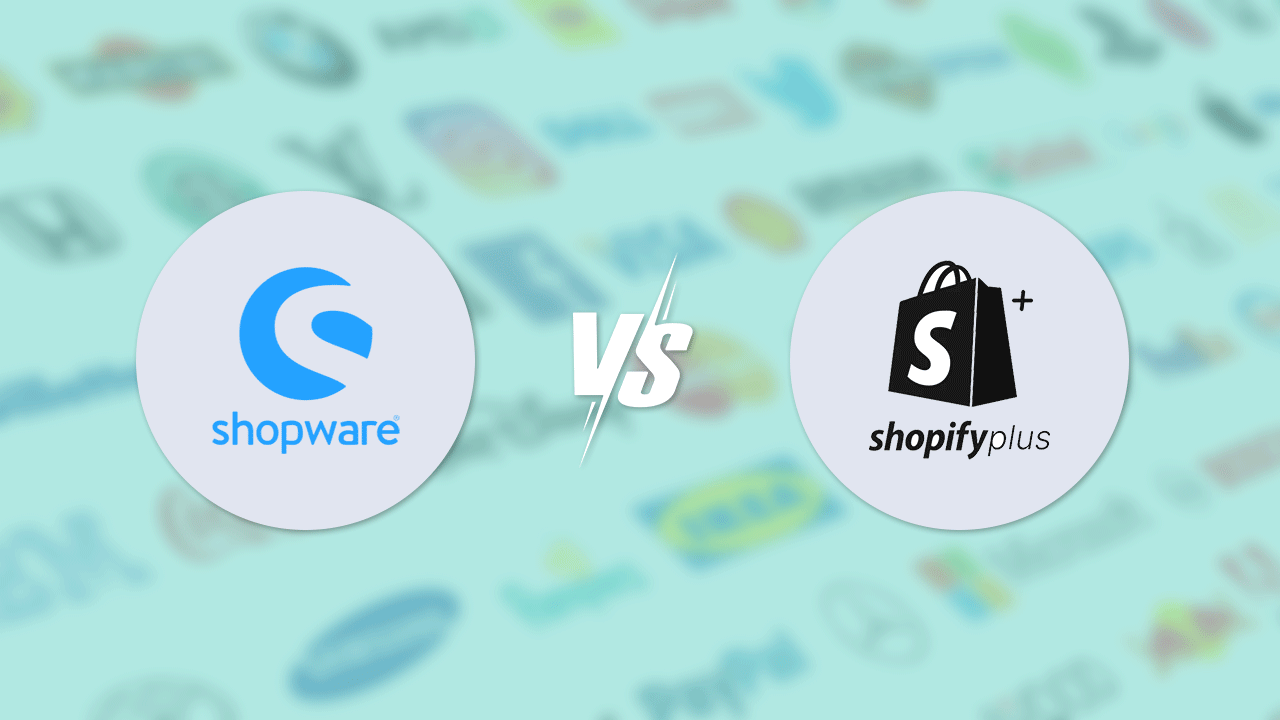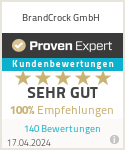For the longest time, WooCommerce wasn’t taken seriously by enterprise brands. It was a WordPress plugin, free to download, mostly used by small businesses or side hustlers looking to get an online shop up and running without much fuss. Functional? Sure. Scalable? Not really. At least that’s how most people saw it.
But things have changed.
In recent years, WooCommerce has quietly grown out of its early limitations. It’s not only surviving in the eCommerce space but also continuously evolving. Under the radar, developers, agencies, and infrastructure providers have been working to make WooCommerce faster, more secure, and more extensible. And suddenly, we find ourselves at a point where WooCommerce is being mentioned in conversations that once only involved names like Shopify Plus, BigCommerce, and Adobe Commerce.
So here’s the real question, “Has WooCommerce finally grown up enough to be considered enterprise-ready?” And more importantly, should you, as a business leader or eCommerce manager, give it a second look?
The Old Reputation Is Fading, And For Good Reason
It’s easy to form an opinion and never revisit it. If you looked at WooCommerce five years ago, you probably saw a lightweight plugin that couldn’t handle much beyond basic product listings. It wasn’t built for scale. The backend was slow. Updates were risky. Add too many plugins and your site would start to fall apart.
That reputation wasn’t entirely wrong. WooCommerce had growing pains. But those early weaknesses also forced the community around it — developers, hosting providers, plugin creators — to step up and solve real problems. And now? Many of those problems have been solved.
Page load times are faster. Order management is smoother. Multisite and multilingual support are easier to configure. Hosting solutions have matured to handle high-traffic scenarios. And WooCommerce is no longer the side project it used to be. It’s a serious contender that’s being supported by a full-time team within Automattic (the same company behind WordPress.com).
WooCommerce isn’t trying to be everything to everyone. It’s just quietly becoming a more reliable, flexible, and powerful platform for those who need full control over their online stores.
The Architecture Is Catching Up to the Ambition
A big reason WooCommerce was often dismissed in the enterprise world had to do with its architecture. Everything — products, orders, customers — used to be stored in the same bloated database tables as blog posts and pages. That caused major slowdowns once a store started to grow.
But that’s changed.
With the rollout of high-performance order storage (HPOS), WooCommerce now uses dedicated database tables for things like orders and customer data. This one update dramatically reduces query times and opens the door for better scaling. It also brings WooCommerce closer to the kinds of database efficiencies you’d expect from more expensive platforms.
Beyond database improvements, WooCommerce has matured in its ability to support headless setups — meaning you can decouple the frontend and use modern frameworks like React or Vue while still relying on WooCommerce to power the backend. For companies looking to build custom shopping experiences, this is huge. You’re no longer locked into WordPress themes or traditional Woo templates. You can build freely while still using the familiar WooCommerce engine.
And when paired with modern hosting providers that specialize in WooCommerce environments, performance bottlenecks become far less common than they used to be.
Security and Compliance Aren’t Afterthoughts Anymore
In enterprise environments, security isn’t a “nice to have.” It’s mandatory. WooCommerce’s early days didn’t inspire much confidence here — partly because anyone could throw together a store on a cheap shared host with little oversight.
But today’s enterprise WooCommerce setups look very different.
Security hardening is now part of the standard setup process. Hosting providers offer built-in malware scanning, firewalls, and DDoS protection. Developers are more disciplined with update workflows and plugin vetting. WooCommerce core itself is better maintained, and regular updates now include prompt patches for known vulnerabilities.
As for compliance — GDPR, CCPA, PCI-DSS — it’s all doable. There’s no one-click compliance switch (to be fair, there isn’t on any platform), but WooCommerce gives you full control over data collection and processing, so you can configure your store to meet whatever standards apply to your region or industry.
If you need to conduct regular security audits or meet specific compliance goals, WooCommerce doesn’t stand in your way — and that alone is a sign of how much it’s matured.
Flexibility Is Still Its Biggest Strength — But With Structure
One of the reasons WooCommerce has always appealed to developers is the flexibility. You can bend it into whatever shape you need. Complex checkout logic? No problem. Bundled or subscription products? Easy to build. Integration with your ERP or CRM? Completely possible, with direct API access or middleware.
That level of customization just isn’t available on most SaaS platforms unless you’re on the highest pricing tier — and even then, you’re working within tight limitations. With WooCommerce, there’s no ceiling. You’re only limited by your technical resources and your imagination.
But flexibility without structure can also be dangerous. A few years ago, anyone could slap together a store using a free theme and twenty plugins, and while it technically worked, it was fragile and hard to maintain. Today, the WooCommerce ecosystem has matured. There are better development standards, more reliable extensions, and more specialized agencies (like ours) that understand what enterprise-level WooCommerce actually requires.
You’re not wandering in the wild west anymore. The tools and patterns are there — you just have to know how to use them.
Multilingual, Multi-Currency, and Multi-Site? It Can Do That Too
If you’re selling across countries or managing different brands under one umbrella, you need your eCommerce stack to handle complexity gracefully. That’s another area where WooCommerce has made real progress.
With plugins like WPML or TranslatePress, translating your store into multiple languages is no longer a technical headache. Currency switching has become smoother, and there are now reliable solutions for geolocation-based pricing, tax handling, and shipping logic.
Want to manage several regional storefronts under one WordPress installation? WooCommerce supports multisite networks, allowing you to run a cluster of stores from a single codebase. That’s not a use case most small shops need — but it’s exactly the kind of structure enterprise stores require.
So What’s the Catch?
Let’s not sugarcoat it — WooCommerce isn’t perfect. It requires more setup time, more development expertise, and more hands-on maintenance than most closed-source platforms. You don’t just turn it on and start selling at scale.
There’s no built-in support team to bail you out. There’s no official “enterprise onboarding” process. You need the right hosting, the right dev team, and a clear long-term plan.
But here’s the thing: that’s not a downside for everyone. In fact, for many businesses, it’s exactly what they want. They want to own the full stack. They want to avoid licensing fees. They want to customize everything. They just need someone who knows how to build it properly.
If you’re prepared for that — or if you’re working with a partner who is — then WooCommerce becomes one of the most powerful platforms you can choose.
How the Business Model Changes With WooCommerce
When you go with Shopify Plus, BigCommerce, or Adobe Commerce, you’re paying a premium for platform access. And on top of that, you’re often paying a percentage of your sales, a cut of your payment processing, and restrictions on customization.
With WooCommerce, your biggest cost isn’t the license — it’s the people building and maintaining your store. Hosting, development, and plugins are the key expenses. But what you get in return is freedom.
You’re not bound by a third-party roadmap. You don’t have to worry about feature deprecations or monthly costs scaling out of control. You can build what you need, on your terms, and evolve as your business evolves.
Over time, that flexibility often leads to cost savings — not to mention fewer limitations on how you can grow.
Should You Reconsider WooCommerce?
Here’s the straight answer: If your team needs flexibility, wants control, and is ready to invest in proper development, then yes — you should absolutely reconsider WooCommerce.
This isn’t the same WooCommerce you may have tested in 2016. It’s more stable, better performing, more scalable, and more secure. It’s capable of handling everything from custom pricing rules to subscription products to third-party API syncs.
That said, it’s not for everyone. If you’re looking for a plug-and-play platform where someone else handles everything — WooCommerce probably isn’t the best fit. And that’s okay.
But if your business is outgrowing its current platform, or if you’re tired of paying for features you don’t need (and being blocked from the ones you do), it’s time to take another look.
Final Thoughts
Enterprise eCommerce is not only about flashy features or big-name platforms, but also control, flexibility, and growth potential. And on those three points, WooCommerce delivers — if you treat it as a serious framework, not a hobbyist tool.
Here at BrandCrock, we’ve seen the shift firsthand. More brands are asking about WooCommerce — not because it’s trendy, but because it’s finally ready to meet complex requirements without locking them into a single vendor’s way of doing things.
If you’re ready to think beyond templates, beyond subscriptions, and beyond constraints, WooCommerce might be exactly what your business needs next.








